Erin Rodrigue for HubSpot

There’s AI — obviously — and all the ways it’s changing how we sell. But salespeople also had to work against a backdrop of economic uncertainty, which will likely carry into 2024. On top of that, shifts in buyer expectations continue to redefine our strategies year after year.
While these changes seem daunting at first, they also signal new opportunities to innovate, grow, and adapt. To help you stay ahead of the curve, I spoke with top sales professionals to get their tips for selling in 2024.
Free Download: Sales Plan Template
Let’s dive in.
7 Sales Tips You Need to Know For 2024
- Use AI to augment, not automate.
- Content is key for building trust.
- Double down on social selling.
- Amidst AI outreach, sincerity and thoughtfulness will stand out.
- Lead with value — not pushy sales tactics or gimmicks.
- Prioritize long-term relationships over short-term gains.
- A strong sales pipeline needs high-quality data.
1. Use AI to augment, not automate.
When AI went mainstream this year, we wondered if these powerful algorithms could replace human salespeople.
But as we put this technology to the test, we quickly realized that AI hasn’t been able to mimic the human touch that’s integral in sales (let’s be real — an AI-generated email sticks out like a sore thumb).
But how can salespeople leverage AI without losing that human connection? John Barrows, CEO at JB Sales, recommends being selective in how you use AI.
He told me, “Start by asking yourself, ‘What can I do that a computer can’t?’ Focus on automating those non-client facing activities with AI so you can spend more time working with the client and developing relationships that matter.”
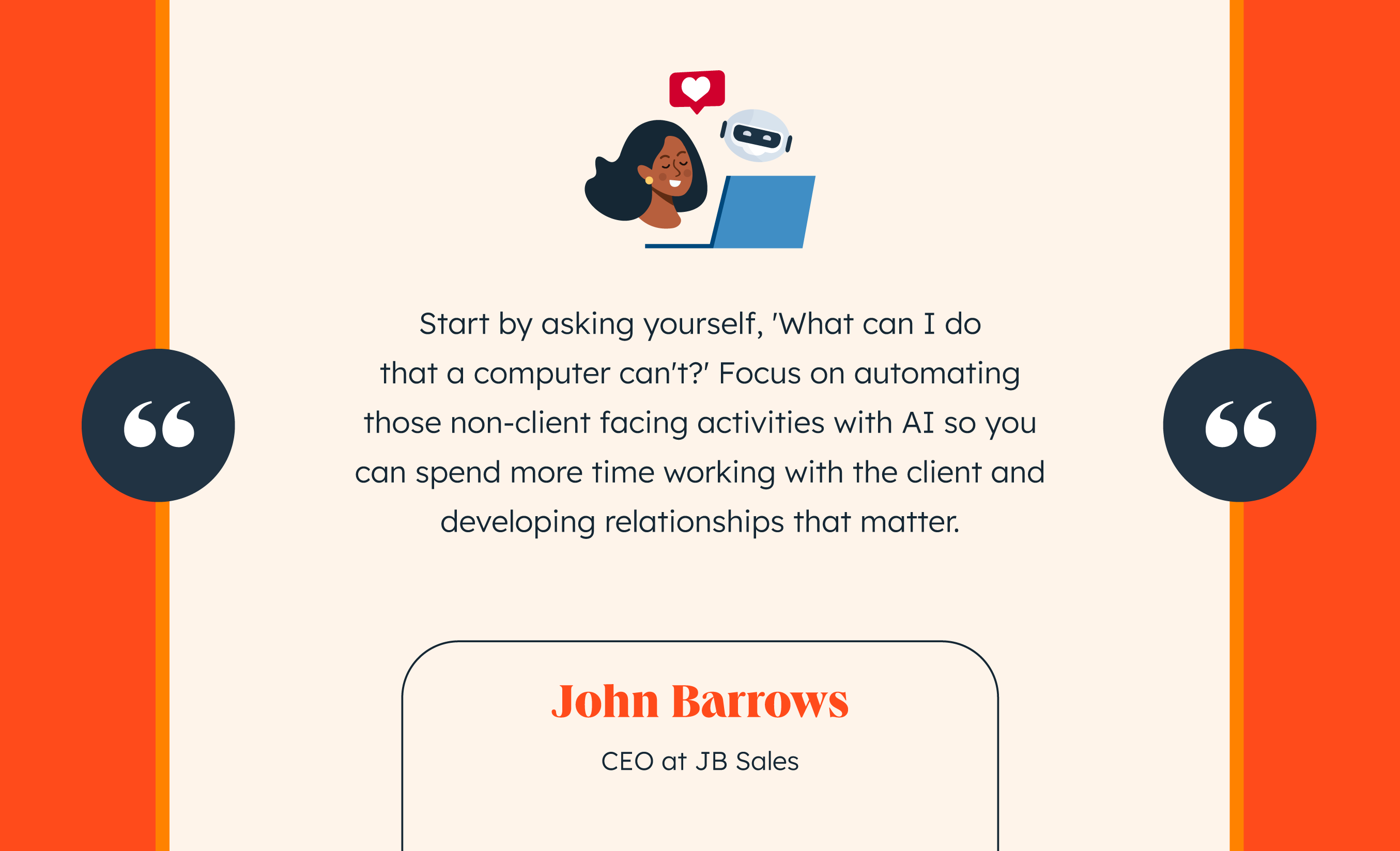
For instance, salespeople don’t need to spend their day working on administrative tasks or combing through data — that can be automated. Alternatively, when it’s time to pick up the phone and call a prospect, they should rely on their soft skills and product knowledge, not an AI-generated phone script.
While it almost sounds counterintuitive, knowing the limitations of AI is the first step in leveraging it correctly. As Mark Roberge, host of The Science of Scaling podcast, explains, “Investing time to research, test, and codify the usage of AI in your weekly workstream will have enormous gains for individual contributors to stand out.”
2. Content is key for building trust.
“Content is king” is a common adage in marketing, but it’s making its way into sales, and for good reason.
It’s no secret that today’s buyers are more informed than ever before. They can spot when a deal is gimmicky or a salesperson is too cunning. This doesn’t mean salespeople are powerless, but they need to take a different approach to have influence.
For Alex Heiden, CEO of Closify, a better approach is to become a resource to buyers, serving them the right content at the right time.
He told me, “As the market is getting more sophisticated, pushy sales tactics are out. The new way of selling is through putting out sales assets like case studies and trainings. Content marketing has to become a focus.”
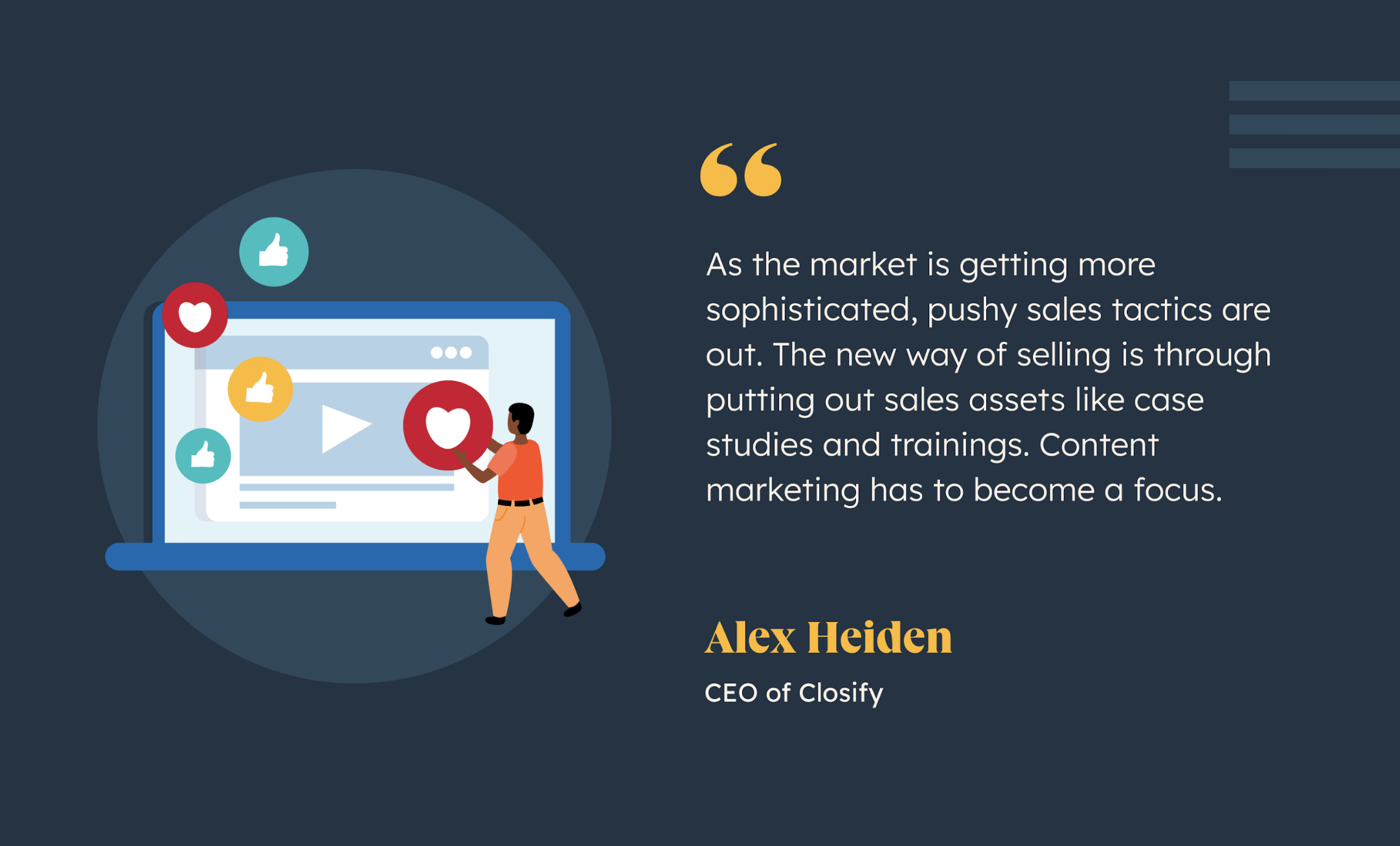
Unsurprisingly, 1 in 4 sales professionals believe making more effective sales enablement content would result in the most growth for their company, according to HubSpot’s 2024 State of Sales report.
Of course, you never want to overwhelm prospects with information, so it’s important to be intentional here.
As Roberge told me, “Reduce the amount of information you bombard each customer with by 70% and increase the relevance of each share to their specific context by 100%.”
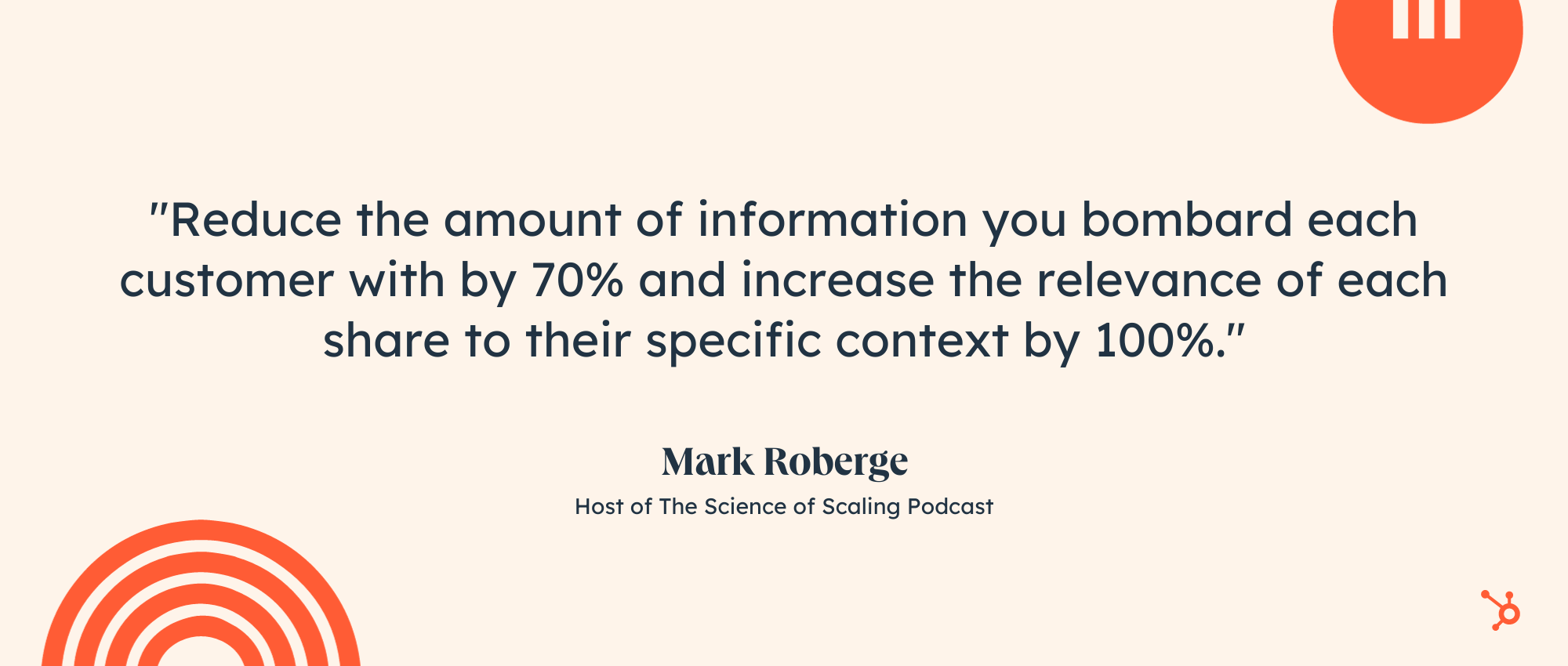
3. Double down on social selling.
As I mentioned above, sharing content with your prospects is good, but having a platform to amplify it is even better.
As Heiden explains, “You need to put out content everywhere: short-form video content, long-form video content, newsletters, and Tweets, and repurpose content across all platforms. Have as many touch points with as many leads as possible.”
The more touch points you make, the more opportunities you have to attract leads and establish trust. On top of that, having a presence on social media naturally opens the door to thought leadership, which is another avenue for building trust.
In Heiden’s own words: “If you are the authority in your space, not only do you get more inbound, but your outbound results get better.”
.png?width=1200&height=630&name=Copy%20of%20State%20of%20Sales%20Blog%20Images%20(2).png)
4. Amidst AI outreach, sincerity and thoughtfulness will stand out.
“It’s going to be easy for salespeople to increase the volume of their outreach with AI — which means prospective buyers are going to have a whole lot more noise and clutter in their email and voicemail,” Kyle Jepson, Principal Marketing Evangelist at HubSpot, told me.
While this influx of mediocre, AI-written content is frustrating for prospects, it’s also an opportunity for salespeople to stand out — namely, by being thoughtful, genuine, and sincere.
As Tyler Holloman, Senior CRM Administrator at MarineMax, points out, “It sounds obvious that a human relationship would be built in a human way, but the marketing trends of our time have driven us to believe that collecting enough data and delivering enough personalized marketing could take the place of true connection. We see this moving in the opposite direction.”
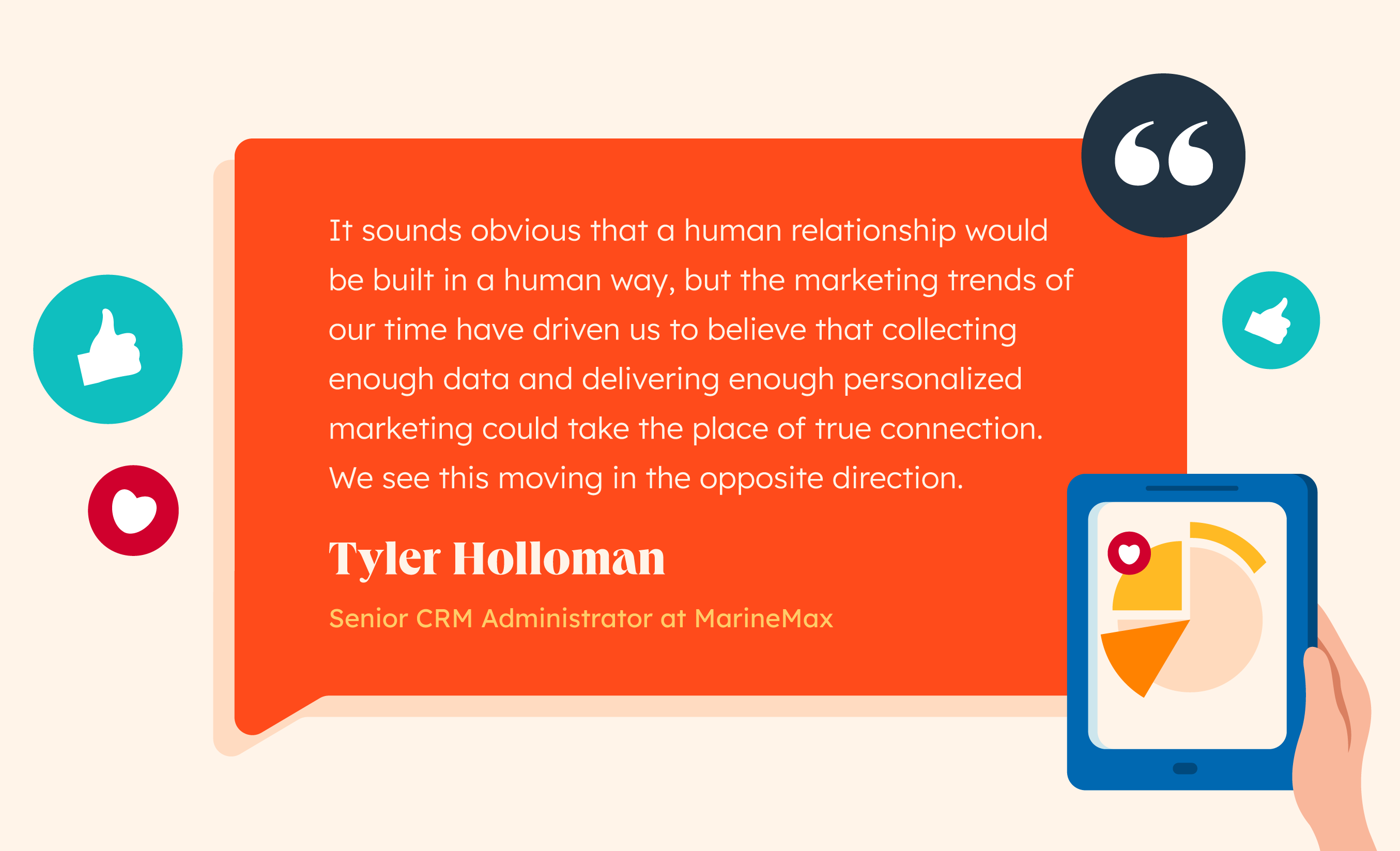
This is a good reminder for salespeople who feel pressure to automate every part of their job. While AI tools can enhance efficiency, they can’t replace the human touch necessary for building relationships.
5. Lead with value — not pushy sales tactics or gimmicks.
While objections are a natural part of sales, they often feel like roadblocks, impossible to move past without making some concession.
However, Brian Silengo, Head of the Motley Fool Investor Solutions Team, views objections differently.
He told me, “Price objections are generally an excuse for not seeing value, so lead with value. My best salespeople believe in what we offer and then take the time to understand where our customers are coming from and what they value. In this way, they can sell through these objections.”
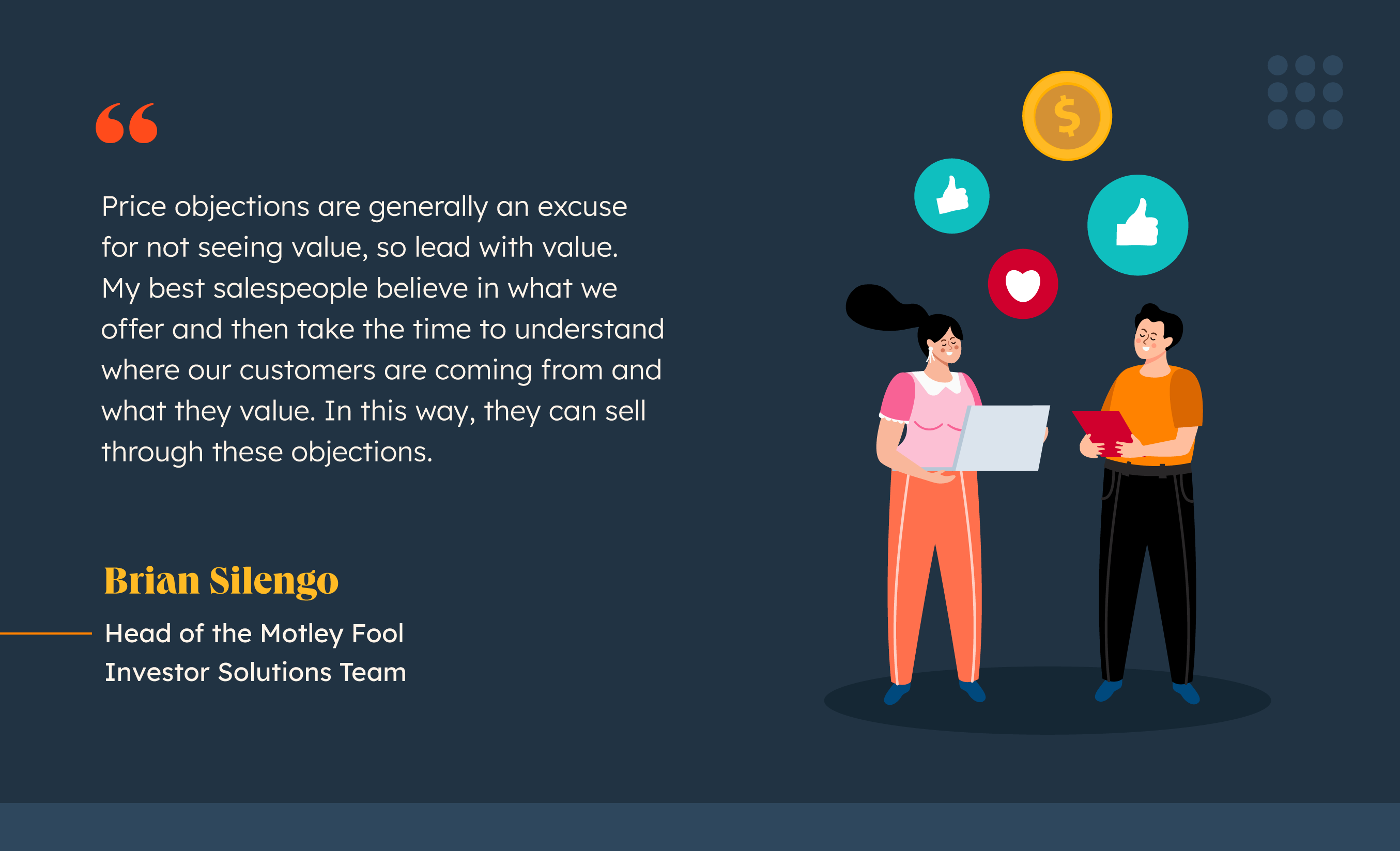
Leading with value is a significant departure from the pushy and aggressive sales gimmicks of the past. While these gimmicks may grab people’s attention initially, they do little to build and nurture real relationships.
Holloman underlines this point, telling me, “Simply throw away any part of your process that feels like a tactic or a gimmick and focus on treating your customer like the nuanced and informed buyer that they are. Being able to recall who these humans are and how you can help them meet their goals will never go out of style.”
.png?width=1200&height=630&name=Copy%20of%20State%20of%20Sales%20Blog%20Images%20(3).png)
6. Prioritize long-term relationships over short-term gains.
“When most consumers think of salespeople, they picture a man in a plaid suit trying to peddle a used car. That does not represent who I am or most people in this profession, but that’s the reputation we have to combat,” Silengo told me.
Thanks to this reputation, building trust with buyers is a cumulative effort, which means prioritizing long-term relationships over short-term gains.
Heiden echoes this point, telling me, “Genuinely wanting the best for your customer can sometimes mean saying things that may not make you the most money possible in the short term, but will always come back to pay off in the long term.”
Consider this: nearly half (46%) of sales professionals get leads from existing customers, and 33% say their highest-quality leads come from these referrals. The benefits of long-term relationships are clear, but salespeople have to stay persistent.
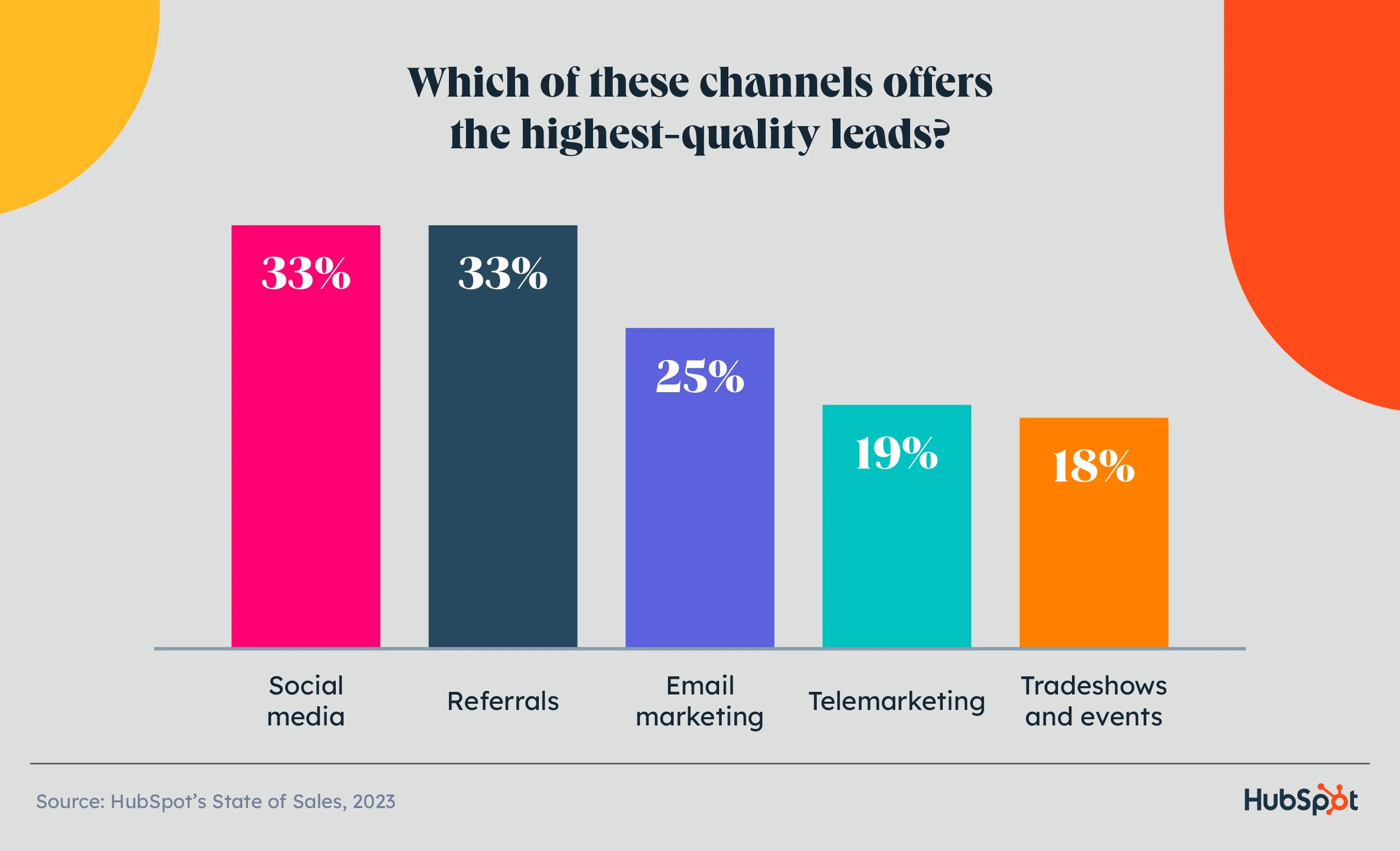
As Silengo explains, “I take my time to build trust and show that I’m not just trying to get their credit card or check. Some of my most successful long-term relationships included me sending anniversary cards, birthday balloons, and even a handful of invites to my wedding. So, I say have patience, get a comfortable chair, keep your headset charged, and make your customers feel your support.”
.png?width=1200&height=630&name=Copy%20of%20State%20of%20Sales%20Blog%20Images%20(4).png)
7. A strong sales pipeline needs high-quality data.
A full pipeline equals a healthy pipeline, right? Not necessarily.
As Holloman explains, “It’s important to understand that a sales pipeline can only be as strong as the quality of data collected at the top. A fuller pipeline may be a healthier one, but only if every lead in the pipeline has a verified chance to convert.”
In other words, quantity needs to be balanced with quality. This means asking the right qualifying questions early in the process to identify the leads most likely to convert.
It’s helpful to think from a prospect’s perspective: If they‘re unclear about why they’re being contacted, it can result in a poor interaction.
“If a customer doesn’t understand why a salesperson from your company would be reaching out, this opens the door for a slew of negative consequences. Among them are the customer having a bad first interaction with your company, or your salespeople losing confidence in the leads you provide them,” Holloman told me.
Ultimately, sales teams must concentrate their efforts on genuine revenue-generating opportunities, rather than chasing leads that are unlikely to result in sales.
.png?width=1200&height=630&name=Copy%20of%20State%20of%20Sales%20Blog%20Images%20(5).png)
Back to You
There you have it: seven sales tips to carry with you into 2024. While the new year is bound to bring more changes, it also comes with new opportunities to innovate and grow. Staying adaptable and resourceful is key.
